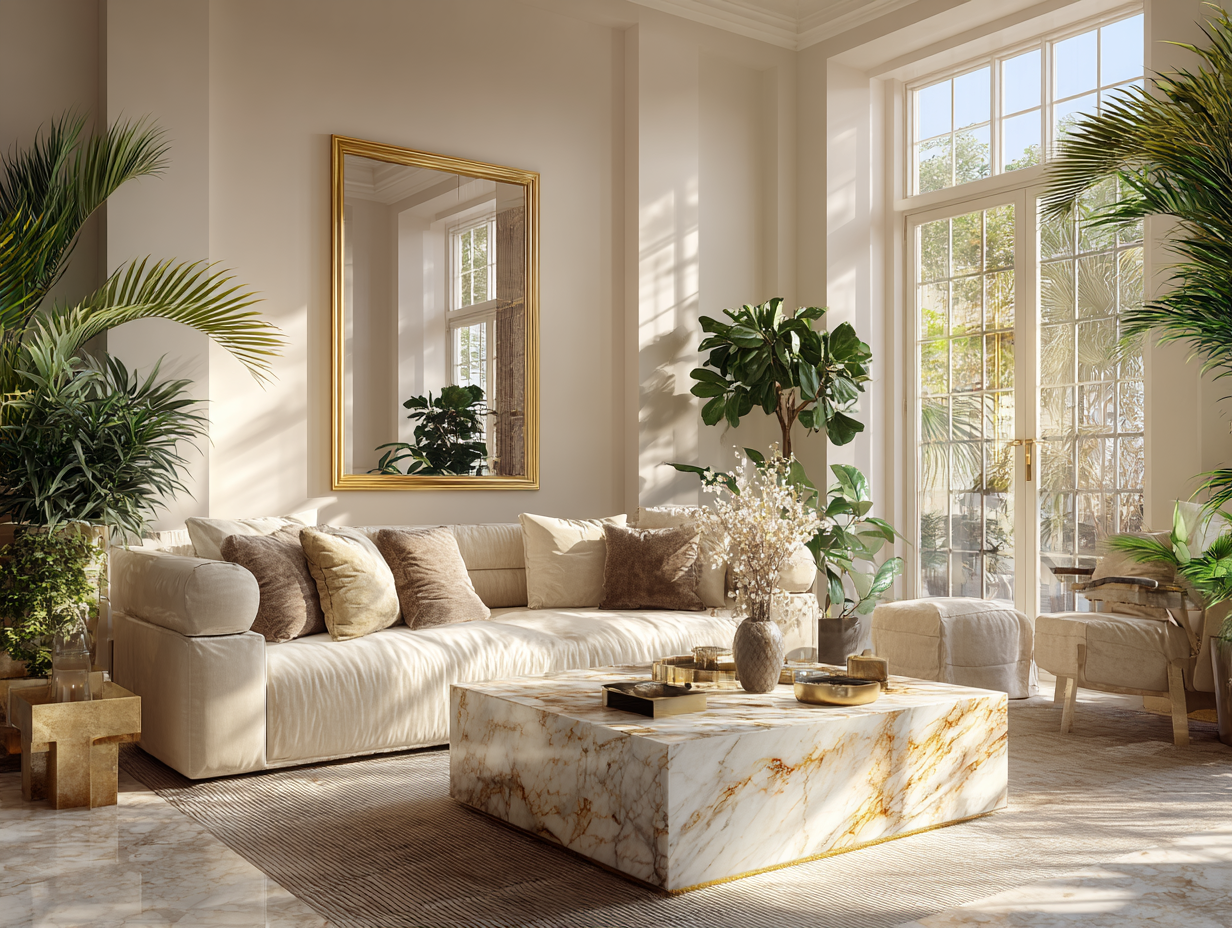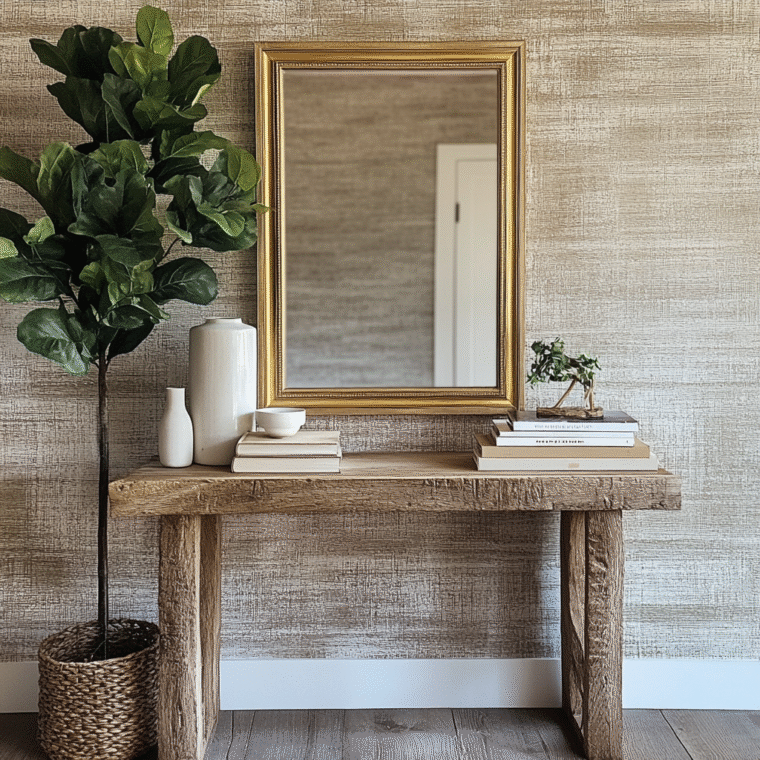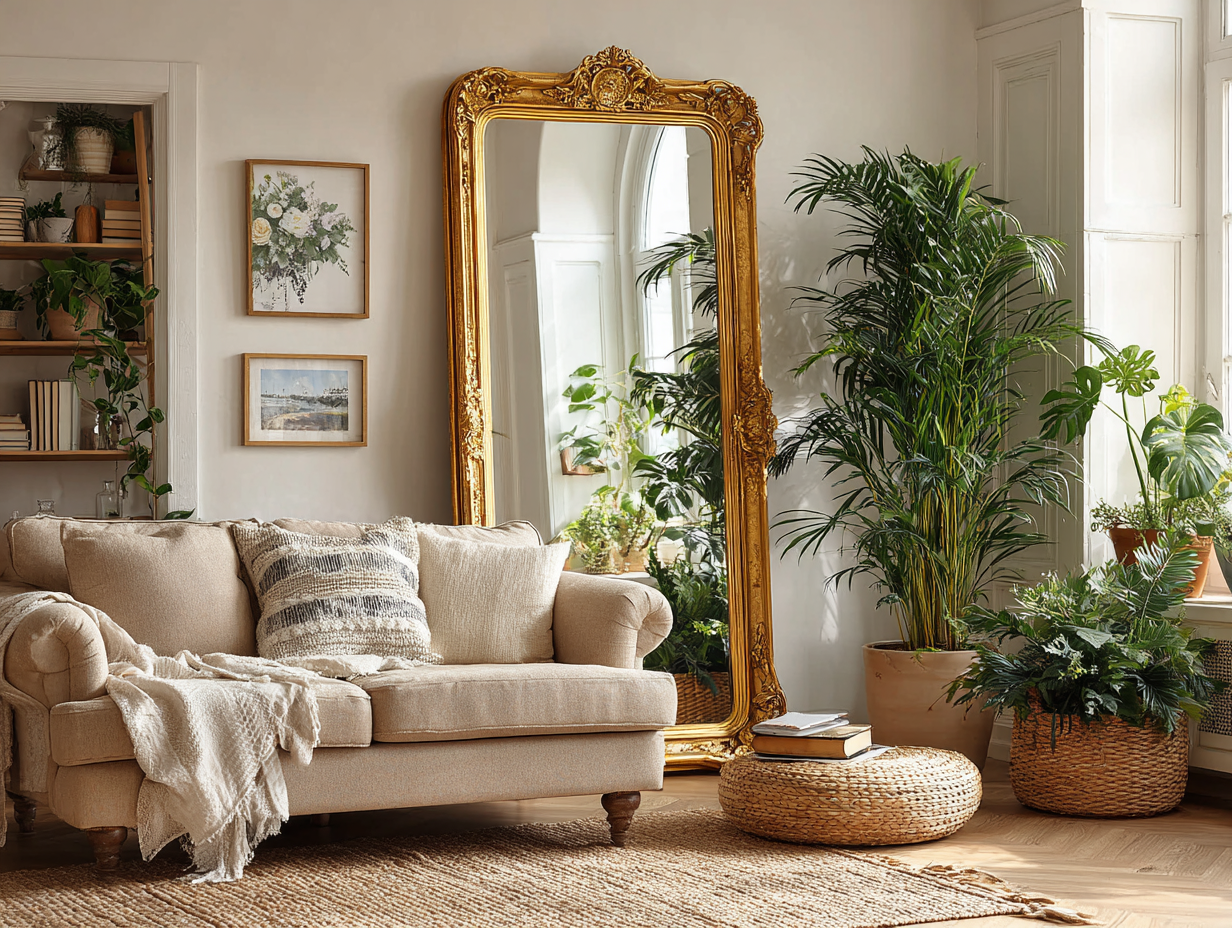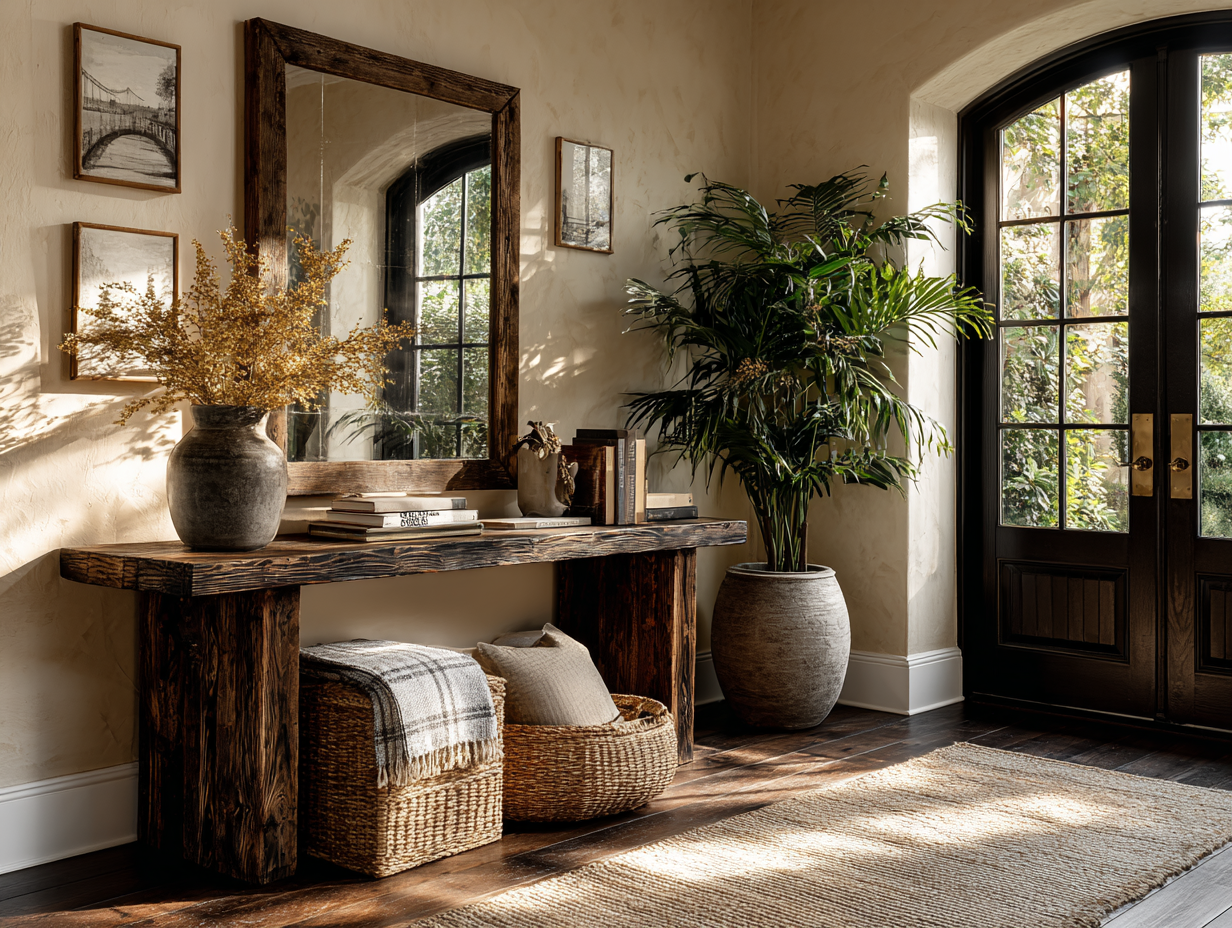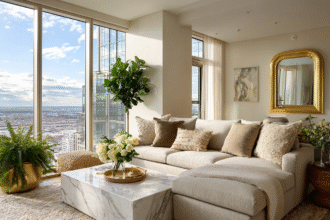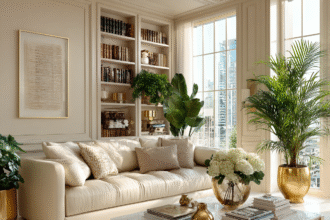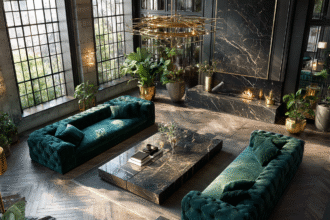A Personal Beginning: Why I Practice My Feng Shui
Over 15 years ago, I came across a book on Feng Shui while browsing a bookstore. Something about the idea that your space could impact your energy, luck, or health resonated with me. I had heard about the concept but had never really delved deeper into it before reading this book. I grabbed the book and read it in less than a month—it was over 300 pages, but it was truly intriguing.
Since then, I’ve experimented, studied, moved homes, shifted furniture, added plants, repositioned mirrors—and yes, watched magic unfold.
I can tell you with complete confidence: energy shifts are fundamental. Sometimes in subtle, barely visible ripples… and sometimes in life-altering waves. The principles of Feng Shui have shaped how I live, design, heal, and create space for success. Now, I’d like to walk you through the foundation of it all.
What Is Feng Shui, Really?
Feng Shui, meaning “Wind and Water” in Chinese, is an ancient practice dating back over 4,000 years. It originated in China and was traditionally used to determine the most harmonious locations for buildings, graves, temples—even entire cities.
But Feng Shui isn’t just about layout or superstition. At its core, it’s a philosophy for aligning human life with the natural forces of the Earth. When done thoughtfully, it creates harmony between your environment and your inner world.
It’s the art of balancing both seen and unseen energy—what Taoist philosophy calls Qi (Chi), the life force that flows through everything.
The Core Philosophy: Living in Harmony with Nature
Feng Shui is rooted in Taoism, particularly the idea that humans are not separate from nature—we are part of it. Our homes, then, should reflect the same rhythms, elements, and flows we find outdoors.
This leads us to…
The Five Elements of Feng Shui
Each space in your home is influenced by the balance of these five natural elements:
Wood
- Symbolizes: Growth, vitality, creativity
- Use: Healthy plants, vertical lines, green and teal tones, wooden décor
- Too much: Can feel chaotic
- Too little: May cause stagnation
Fire
- Symbolizes: Passion, energy, visibility
- Use: Candles, red accents, lighting, triangular shapes
- Too much: May lead to burnout
- Too little: Can lower motivation
Earth
- Symbolizes: Stability, nourishment, grounding
- Use: Square shapes, beige/yellow tones, pottery, crystals
- Too much: Feels heavy
- Too little: Feels scattered or anxious
Metal
- Symbolizes: Clarity, structure, logic
- Use: Round objects, metallics, white or grey hues
- Too much: Can feel cold or rigid
- Too little: May lead to lack of focus
Water
- Symbolizes: Flow, intuition, wealth
- Use: Mirrors, fountains, deep blues, wavy patterns
- Too much: Can be emotionally overwhelming
- Too little: May block abundance or creativity
Personal Note: I decorate heavily with marble and mirrors—two elements I adore. Marble blends Earth and Metal beautifully, while mirrors (when placed intentionally) support Water. But placement is key. Feng Shui isn’t about what you use—it’s about how and where you use it.
A Quick Look Back: The History of Feng Shui
- 2000 BCE: Feng Shui was used to align tombs with the cosmos, believed to ensure luck and peace for future generations.
- Imperial China: Palaces and cities—like Beijing—were planned with Feng Shui principles. The Forbidden City follows precise geomantic alignments.
- Cultural Revolution: Feng Shui was suppressed in China, but it persisted quietly.
- Modern Era: Feng Shui resurged globally in the 1970s–1990s, becoming popular in real estate, interior design, and wellness spaces.
Is the Wall Street Bull Feng Shui?
Yes—surprisingly, it is.
The Charging Bull statue near Wall Street in New York City was installed with a strong Feng Shui intention. In Feng Shui, the bull represents aggressive prosperity, strength, and wealth.
The statue faces north toward the financial district and is believed to energize the area and draw abundance. While interpretations may vary, its placement was purposeful—not decorative.
Why It Matters Today
We’re more digitally connected than ever, yet often energetically disconnected. Burnout, clutter, poor sleep, or that sense of something being off at home may point to energetic imbalances.
Feng Shui offers an elegant, ancient, and increasingly relevant way to reconnect your outer space with your inner peace.
The Bagua Map: Energy Zones in Your Home
One of the most practical Feng Shui tools is the Bagua Map—a 3×3 grid placed over your home’s floor plan. Each square relates to a specific life area:
- Career
- Knowledge & Self-Cultivation
- Family & Health
- Wealth & Prosperity
- Fame & Reputation
- Love & Relationships
- Creativity & Children
- Helpful People & Travel
- Health (center square)

The Real Power of Feng Shui
Feng Shui isn’t about perfection—it’s about intention.
When you place a mirror, a plant, or a candle with care, you’re saying:
“I’m ready to align with energy that supports me.”
And once you do? You’ll notice the shifts:
In how you feel.
In what you attract.
In what no longer drains you.
After 15+ years of practice, I can say this with confidence:
Feng Shui works.
Not because it’s mystical.
But because it reconnects you with the flow of nature—and your own purpose.

